Discover how Goa University has made a groundbreaking discovery of producing gold nanoparticles from Termitomyces mushrooms. This eco-friendly and sustainable process has the potential to revolutionize the global nanoparticle market.
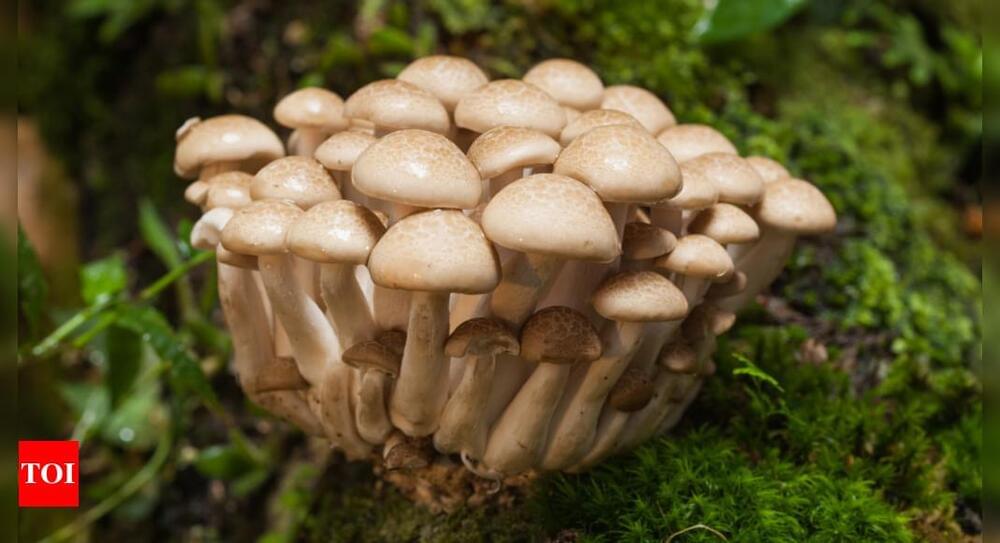

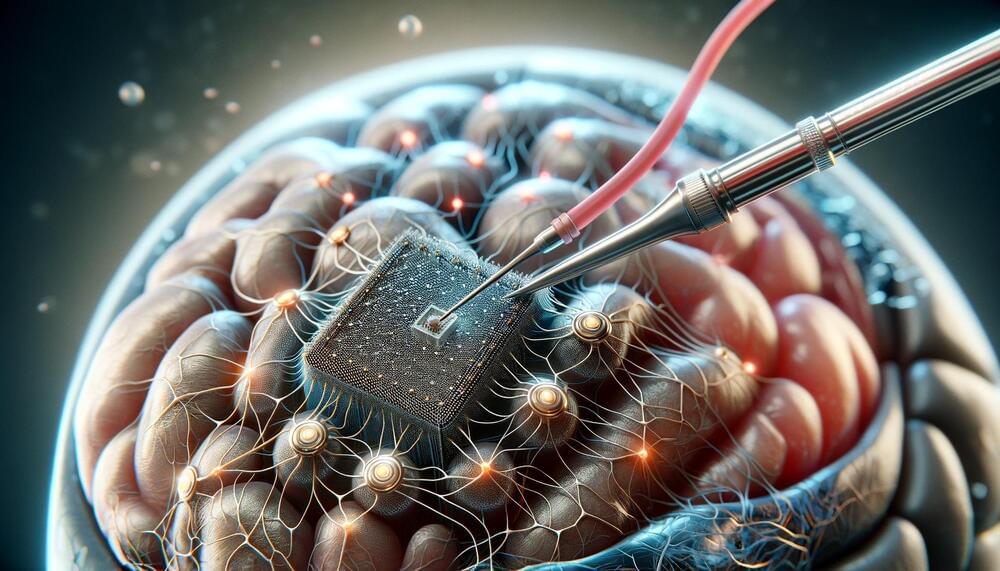
Groundbreaking graphene neurotechnology developed by ICN2 and collaborators promises transformative advances in neuroscience and medical applications, demonstrating high-precision neural interfaces and targeted nerve modulation.
A study published in Nature Nanotechnology presents an innovative graphene-based neurotechnology with the potential for a transformative impact in neuroscience and medical applications. This research, spearheaded by the Catalan Institute of Nanoscience and Nanotechnology (ICN2) together with the Universitat Autònoma de Barcelona (UAB) and other national and international partners, is currently being developed for therapeutic applications through the spin-off INBRAIN Neuroelectronics.
Key Features of Graphene Technology.
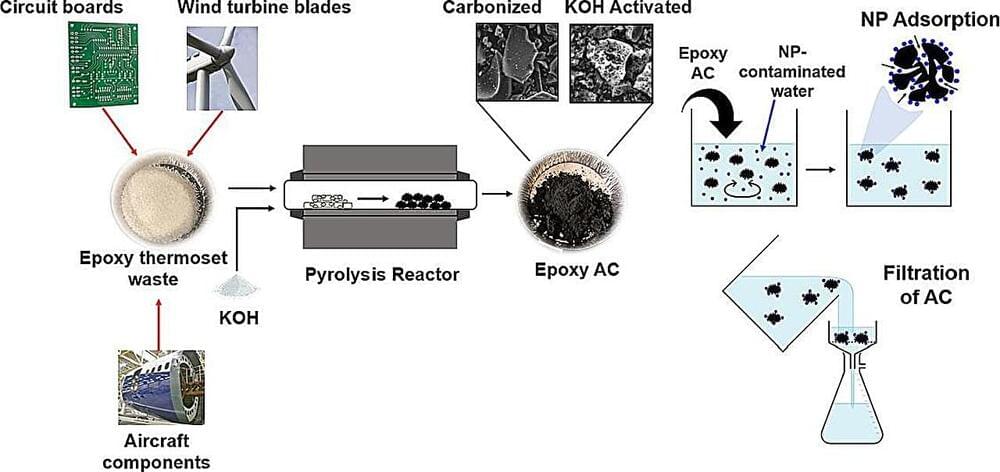
University of Waterloo researchers have created a new technology that can remove harmful nanoplastics from contaminated water with 94% efficiency. The study, “Utilization of epoxy thermoset waste to produce activated carbon for the remediation of nano-plastic contaminated wastewater,” was published in the journal Separation and Purification Technology.

A newly developed “GPS nanoparticle” injected intravenously can home in on cancer cells to deliver a genetic punch to the protein implicated in tumor growth and spread, according to researchers from Penn State. They tested their approach in human cell lines and in mice to effectively knock down a cancer-causing gene, reporting that the technique may potentially offer a more precise and effective treatment for notoriously hard-to-treat basal-like breast cancers.
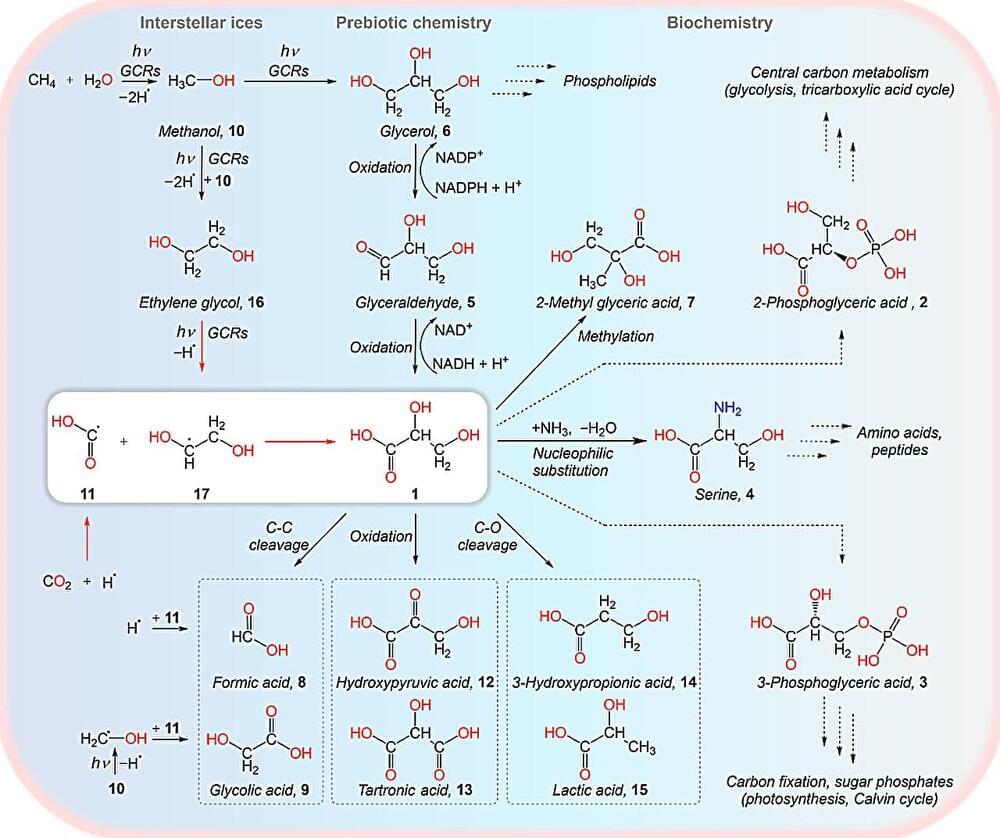
A critical molecule for the metabolism of living organisms has been synthesized for the first time by University of Hawaiʻi at Mānoa researchers at low temperatures (10 K) on ice coated nanoparticles mimicking conditions in deep space, marking a “cool” step in advancing our understanding of the origins of life.
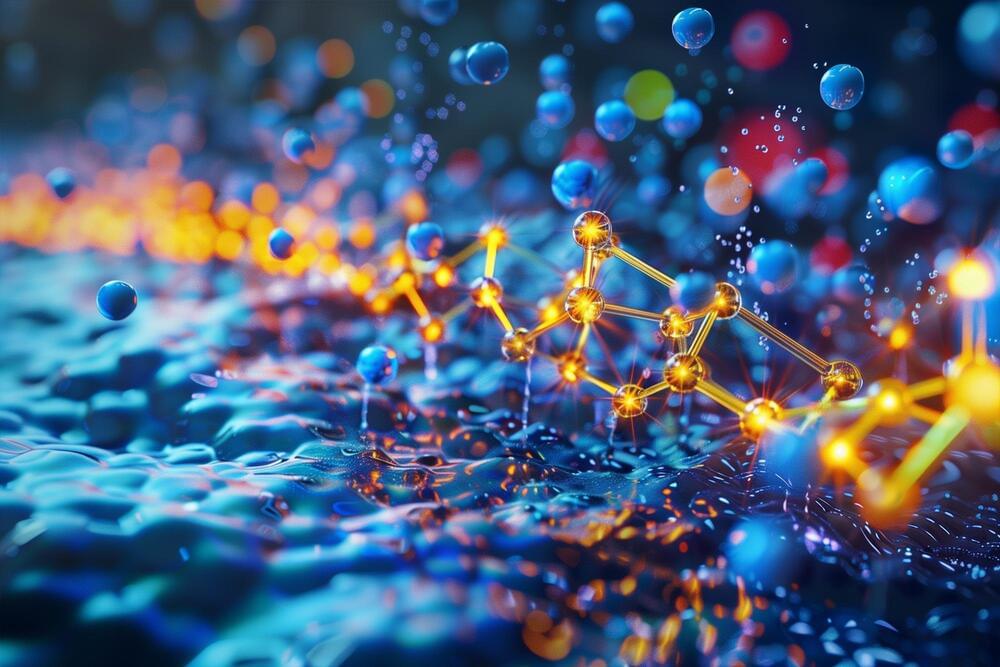
EPFL researchers have discovered that nanoscale devices harnessing the hydroelectric effect can harvest electricity from the evaporation of fluids with higher ion concentrations than purified water, revealing a vast untapped energy potential.
Evaporation is a natural process so ubiquitous that most of us take it for granted. In fact, roughly half of the solar energy that reaches the earth drives evaporative processes. Since 2017, researchers have been working to harness the energy potential of evaporation via the hydrovol~aic (HV) effect, which allows electricity to be harvested when fluid is passed over the charged surface of a nanoscale device. Evaporation establishes a continuous flow within nanochannels inside these devices, which act as passive pumping mechanisms. This effect is also seen in the microcapillaries of plants, where water transport occurs thanks to a combination of capillary pressure and natural evaporation.
Although hydrovoltaic devices currently exist, there is very little functional understanding of the conditions and physical phenomena that govern HV energy production at the nanoscale. It’s an information gap that Giulia Tagliabue, head of the Laboratory of Nanoscience for Energy Technology (LNET) in the School of Engineering, and PhD student Tarique Anwar wanted to fill. They leveraged a combination of experiments and multiphysics modelling to characterize fluid flows, ion flows, and electrostatic effects due to solid-liquid interactions, with the goal of optimizing HV devices.

A group of Tohoku University researchers has developed a theoretical model for a high-performance spin wave reservoir computing (RC) that utilizes spintronics technology. The breakthrough moves scientists closer to realizing energy-efficient, nanoscale computing with unparalleled computational power.
Credit: Springer Nature Limited

Gas stoves emit nanocluster aerosol that may get deep into your respiratory system, study shows. Cooking on your gas stove can emit more nano-sized particles into the air than vehicles that run on gas or diesel, possibly increasing your risk of developing asthma or other respiratory illnesses, a new Purdue University study has found.
Combustion remains a source of air pollution across the world, both indoors and outdoors. We found that cooking on your gas stove produces large amounts of small nanoparticles that get into your respiratory system and deposit efficiently, said Brandon Boor, an associate professor in Purdue’s Lyles School of Civil Engineering, who led this research.
Based on these findings, the researchers would encourage turning on a kitchen exhaust fan while cooking on a gas stove.

The FIT4NANO project has mapped out the expansive applications and future directions of focused ion beam technology, emphasizing its critical role in advancing research and development across multiple disciplines, from microelectronics to life sciences.
Processing materials on the nanoscale, producing prototypes for microelectronics, or analyzing biological samples: The range of applications for finely focused ion beams is huge. Experts from the EU collaboration FIT4NANO have now reviewed the many options and developed a roadmap for the future. The article, published in Applied Physics Review, is aimed at students, users from industry and science as well as research policymakers.
Discovery and Applications.

“But in the process, we also made a major finding: that hydrovoltaic devices can operate over a wide range of salinities, contradicting prior understanding that highly purified water was required for best performance.”
The process can generate power around the clock since evaporation occurs at various temperatures and even at night. The process also occurs across humidities, making it suitable for use across the planet, irrespective of location.